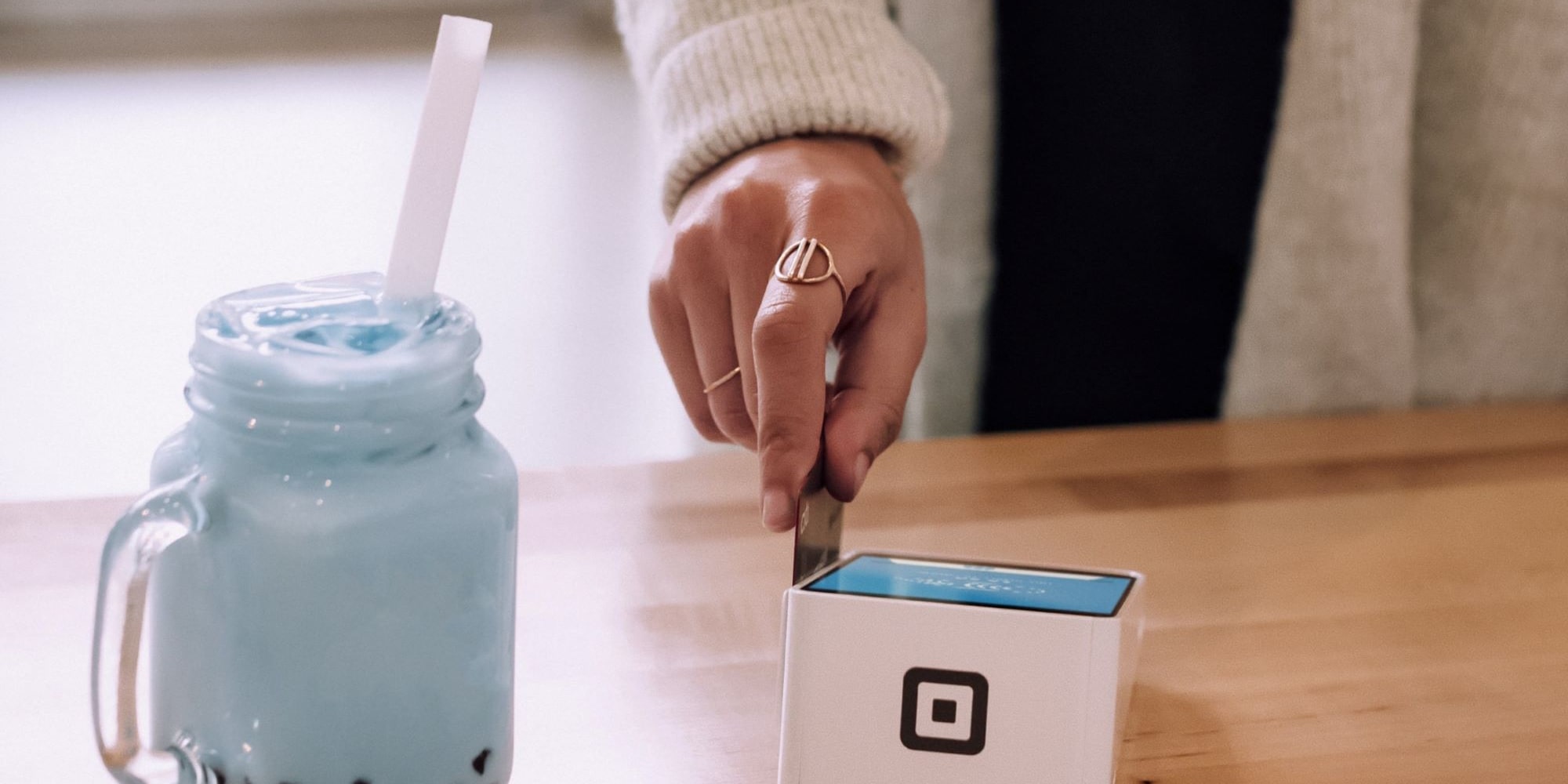As marketers, we’re all focused on the same thing: conversions. Consumers are faced with new products and buying decisions every single day, and it can feel overwhelming as a brand trying to constantly stand out from the crowd. Knowing what influences purchases can help you make better marketing decisions, so we’ve rounded up five major factors that impact purchase behavior to help improve the effectiveness of your marketing funnel and drive more sales.
The easier something is to understand, process or do, the more likely consumers are to be interested in it. If a potential customer has to expend too much brain power figuring out how your product works or why they should buy it, you could very well lose the sale. This principle is called cognitive fluency — aka, how easy it is to think about or complete a mental task, and it’s known to influence purchase behavior. What’s important to remember is that cognitive fluency has nothing to do with how easy or difficult the actual task is: only how it is perceived.
Simplicity’s older cousin, familiarity, has a major impact on purchase behavior. Our brains chase after things that are familiar because they make us feel comfortable. If a product falls outside of the typical prototype, it won’t be as easily accepted. This concept is called prototypicality, or the degree to which something looks like another similar object. This can apply to everything from food to websites. A new type of apple that looks more like a cucumber would probably not drive sales well, because it’s unfamiliar. It just wouldn’t look right.
Similarly, if consumers aren’t familiar with your clothing brand, they’ll at least want your website to look like and feel like the websites belonging to other clothing brands that they do know. This doesn’t mean you need to drop all your brand’s individuality, however! In this example, you can keep your signature colors and make unique branding decisions to set you apart from the crowd as long as you’re incorporating a user-experience that feels familiar.
3. Brand Trust
In 2020, Edelman found that, to 53% of consumers, brand trust was the second most important factor when purchasing from a new brand (the first being price). Increasing your brand trust also tends to go hand in hand with upping your social proofing — the social phenomenon in which people tend to take cues from and imitate the actions of others. Both factors have huge sway with consumer purchase behavior, so you want to cultivate the highest level of trust you can!
This can be achieved through constant hard work — gathering and displaying product reviews, incorporating user-generated content throughout your brand’s social profiles and website, and other tactics go a long way toward increasing and maintaining brand trust. (For more trust-increasing examples, check out this blog.)
4. Hierarchy of Needs
Each person has needs, and each of these needs have a different priority level. Basic needs such as food, shelter and safety rank higher than self-actualization. This hierarchy of needs is what motivates people to do — and buy — things.
Think about what kind of need your product or service fulfills, then sit down with your marketing team and analyze: does your marketing messaging effectively convey this need fulfillment? If it doesn’t, you’re missing out on a key factor that influences purchase behavior.
5. Lots and Lots of Emotions
People don’t always know why they like the things they do, and many decisions are made based on seemingly frivolous factors. For example, a 2010 study found that even flooring decisions could influence consumer perceptions in retail stores. If a person was standing on soft carpet and judged an object from far away, they perceived the object to be comforting, but if they stood on the same carpet and judged the same object from up close, they viewed it as less comforting. Seems a little wacky, right?
In reality, when the participants were standing far away, they projected the comfort of the soft carpet onto the object, thus seeing it as comforting. But when they were up close, they subconsciously compared the soft carpet to the object, and viewed it as less comforting as a result. This study showcases a major factor in human purchasing behavior: seemingly random emotional reactions!
The good news is, there are lots of ways to tap into consumers’ emotional responses. Depending on what feeling you’re trying to elicit, you can make design and messaging choices to match. To evoke an air of trustworthiness, you might choose a clean, readable font. Or maybe you want your customers to feel calm, relaxed and at peace when they think of your brand: in that case, you could opt for calming brand colors like blue or green. Likewise, you can use storytelling in your marketing strategy to connect to your audience on an emotional, human level. This can be done by someone at your company, or you can share customers' stories for an even bigger impact. Just be aware that emotional factors play into every decision humans make.

We know that cultivating product reviews, UGC and all-around brand trust can be exhausting. Let us handle the hard parts! We can manage your entire influencer campaign, from sourcing the influencers from our vetted influencer network, all the way down to product shipping and reports. If you’re ready to offload these necessary, but time-intensive campaigns, give our influencer marketing experts a shout today.
